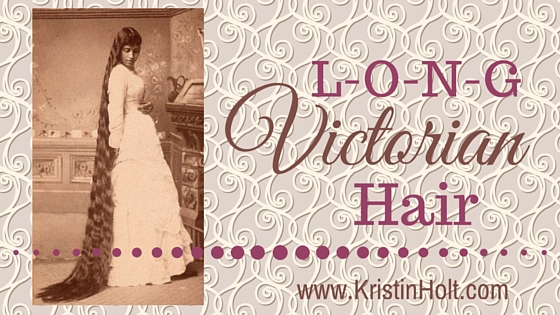
by Kristin Holt | Jul 11, 2017 | Articles
We know original Coca-Cola (debuted 1886) did have cocaine in it–and not “a trivial amount”. The product began as a replacement for coca wine (just what it sounds like), when temperance laws outlaws alcohol, and Pemberton needed a replacement vector for his coca leaves. Looking back at vintage sources, it’s easy to see when cocaine was removed from Coca-Cola, and how the owners ensured their not-yet-trademarked product remained protected. Numerous credible scientists analyzed the syrup (from various retail locations), swearing to Coca-Cola’s freedom from cocaine, but the attacks didn’t stop overnight. Decades later, Coca-Cola maintained its status as a substance-free “refreshing drink”, a 180° switch from its Patent Medicine beginning.

by Kristin Holt | Jul 8, 2017 | Articles
“[Coca-Cola] has gained an enviable reputation, and has taken position at the very front of the leading and popular soda fountain beverages,” said The Atlanta Constitution of Atlanta, Georgia, on June 21, 1891. People loved the beverage (and its medicinal value), and many wrote testimonials in its favor. So why the complaints? A vintage article titled It Looks Like a Dangerous Drink, originally published in The Abbeville Press And Banner of Abbeville, South Carolina, on July 1, 1891 brings up concerns and presents arguments on both sides, urging consumers to draw their own conclusions. Had YOU been a consumer in 1891, what would you have thought?

by Kristin Holt | Apr 21, 2016 | Articles
Victorian Era Women seldom trimmed their hair, allowing it to grow to incredible lengths. As styled, it often wrapped high in coiffures of twists, curls, braids, loops, pompadours, buns, knots, and more. Once you see the tremendous lengths of photographed ladies’ hair, you’ll understand why women (from the moment they cast off short dresses of girlhood) wore their hair up. It’s no surprise commercially prepared products catered to a woman’s desire to grow her hair to great lengths.

by Kristin Holt | Jul 19, 2015 | Articles
Laundry was a greater challenge– and more work– than most amateur historians comprehend. Even when methods gave way from a washboard to a washing machine, the amount of physical labor required was nothing simple. Manual washing machines didn’t become available until quite late in the frontier era– after the Transcontinental Railroad went through. The washing machine was first available to order through a catalog in the late 1880’s.












